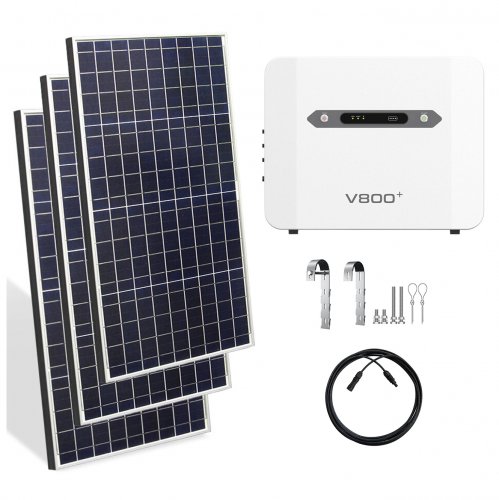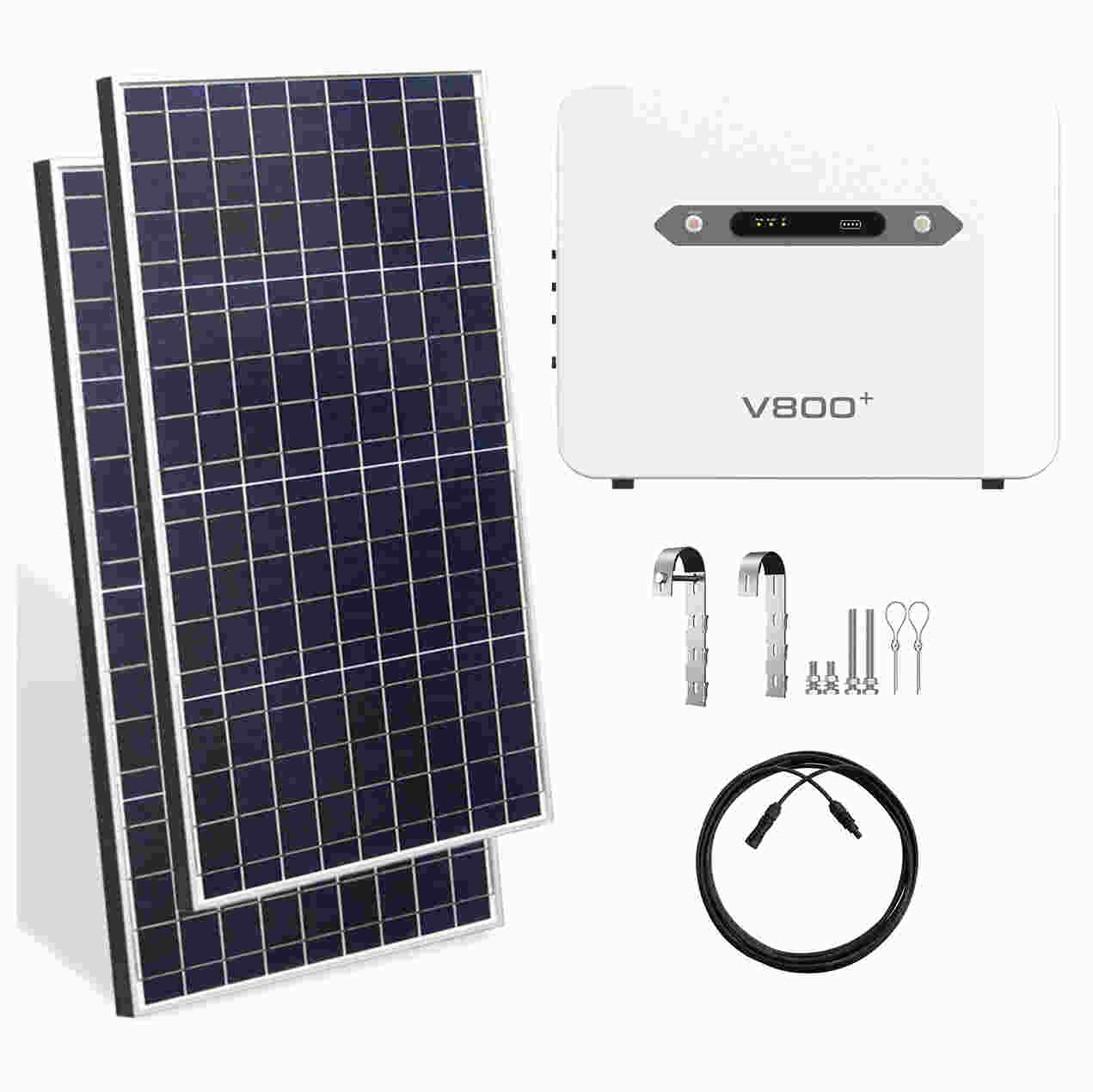Advances In Battery Aging Mechanisms: Decoupling Complex Degradation Modes For Enhanced Durability
The relentless pursuit of electrification in transportation and grid storage hinges on the performance and longevity of lithium-ion batteries (LIBs). While energy density has seen remarkable improvements, battery aging remains a critical bottleneck, dictating the lifetime, safety, and total cost of ownership of energy storage systems. Recent research has moved beyond phenomenological observations to a more profound, mechanistic understanding of aging, enabling the development of targeted mitigation strategies. This article reviews the latest advancements in elucidating the complex interplay of battery aging mechanisms.
Decoupling and Quantifying Degradation Modes
A significant breakthrough in aging analysis is the move towards decoupling concurrent degradation mechanisms. Traditional capacity fade or impedance rise measurements provide only a net effect, masking the individual contributions of anode, cathode, and electrolyte degradation. Recent studies have successfully employed a suite of advancedin-situandoperandotechniques to isolate these processes.
For the anode, the continuous growth of the solid-electrolyte interphase (SEI) remains a primary culprit for irreversible lithium inventory loss. Beyond the established model of organic/inorganic layer formation, latest research usingin-situelectrochemical atomic force microscopy and cryo-electron microscopy has revealed the dynamic, spatially heterogeneous nature of SEI evolution. It is not merely a passive film but undergoes continual dissolution and re-precipitation, exacerbated by mechanical stress from volume changes during cycling. Furthermore, the role of electrolyte additives, such as fluoroethylene carbonate (FEC), has been precisely mapped. It is now understood that FEC sacrificially decomposes to form a more flexible and LiF-rich SEI, effectively suppressing further electrolyte reduction and mitigating lithium plating—a critical aging accelerator at high charging rates and low temperatures.
On the cathode side, the degradation landscape is equally complex. Transition metal dissolution (particularly Mn and Ni), driven by structural instability and electrolyte oxidation at high voltages, has been a focal point. Dissolved metal ions migrate through the electrolyte and deposit on the anode, catalyzing further SEI growth and poisoning the anode surface. Cutting-edge research utilizing synchrotron-based X-ray techniques and electron paramagnetic resonance spectroscopy has provided unprecedented insights into the valence state changes and local structural disordering at the cathode particle surface. Concurrently, mechanical degradation—cracking of secondary and primary particles due to anisotropic lattice strain during (de)lithiation—creates fresh surfaces, accelerating parasitic reactions. This has been vividly captured throughoperandoX-ray tomography studies, linking particle fracture directly to impedance rise and capacity fade.
The Critical Role of Lithium Plating
Lithium plating has been identified as one of the most detrimental and safety-critical aging mechanisms, especially under fast-charging conditions. Recent work has focused on its detection, quantification, and prevention. Advanced differential voltage analysis (DVA) and incremental capacity analysis (ICA) are now being used to non-destructively quantify the amount of plated lithium and its (ir)reversible nature. Studies have shown that while some plated lithium can be re-intercalated, a significant portion becomes electronically isolated ("dead lithium") or reacts to form additional SEI, permanently consuming cyclable lithium.
Novel diagnostic techniques, such asin-situneutron depth profiling (NDP), can spatially resolve lithium plating in real-time, providing direct evidence of its formation and stripping dynamics. This has been instrumental in validating electrochemical models that predict the onset of plating based on local anode potential, temperature, and Li+ concentration gradients. These models are now being integrated into battery management systems (BMS) to define dynamic charging protocols that avoid the thermodynamic conditions favorable for plating.
Future Outlook and Emerging Strategies
The future of managing battery aging lies in the convergence of multi-scale modeling, advanced diagnostics, and smart engineering. First, the integration of physics-based models with machine learning algorithms promises to create digital twins of batteries. These virtual models can predict aging trajectories under diverse usage conditions, enabling predictive maintenance and optimizing lifetime.
Second, materials innovation continues to be paramount. For anodes, the development of silicon-dominant composites, while challenging, aims to accommodate volume change without rapid degradation. For cathodes, the shift towards single-crystal Ni-rich (NMC) and cobalt-free (e.g., LMFP) materials shows great promise in reducing particle cracking and mitigating transition metal dissolution. Solid-state electrolytes represent the ultimate frontier, potentially eliminating transition metal dissolution and suppressing lithium dendrite growth, though their own interfacial aging mechanisms are now the subject of intense research.
Finally, the concept of "state of health" (SOH) estimation is evolving beyond simple capacity and resistance metrics. Future BMS will likely diagnose the dominant aging mode (e.g., "SEI growth dominant" vs. "Li plating dominant") in real-time, allowing for adaptive control strategies that actively minimize the prevailing degradation pathway.
In conclusion, the field has progressed from observing aging to fundamentally understanding and actively managing it. By deconvoluting the intricate web of chemical, electrochemical, and mechanical degradation processes, researchers are paving the way for designing next-generation batteries that are not only high-performing but also exceptionally durable and safe.
References:
1. Attia, P. M., et al. (2020). "Review—"Knees" in Lithium-Ion Battery Aging Trajectories."Journal of The Electrochemical Society. 2. Li, W., et al. (2021). "Dynamic spatial progression of isolated lithium during battery operations."Nature. 3. Gao, T., et al. (2022). "Interplay of Lithium Plating and Solid-Electrolyte Interphase Revealed by Cryo-Electron Microscopy."Joule. 4. Jung, R., et al. (2019). "Chemical versus Electrochemical Electrolyte Oxidation on NMC111, NMC622, NMC811, LNMO, and Conductive Carbon."The Journal of Physical Chemistry Letters. 5. Besli, M. M., et al. (2020). "Mesoscale Chemomechanical Interplay of the LiNi0.6Mn0.2Co0.2O2 Cathode in Solid-State Polymer Batteries."Chemistry of Materials. 6. dos Reis, G., et al. (2021). "Lithium-ion battery degradation: how to model it."Physical Chemistry Chemical Physics.
Customized/OEM/ODM Service
HomSolar Supports Lifepo4 battery pack customization/OEM/ODM service, welcome to contact us and tell us your needs.


HomSolar: Your One-stop LiFePO4 Battery Pack & ESS Solution Manufacturer
Our line of LiFePO4 (LFP) batteries offer a solution to demanding applications that require a lighter weight, longer life, and higher capacity battery. Features include advanced battery management systems (BMS), Bluetooth® communication and active intelligent monitoring.

Customised Lithium Iron Phosphate Battery Casing
ABS plastic housing, aluminium housing, stainless steel housing and iron housing are available, and can also be designed and customised according to your needs.

HomSolar Smart BMS
Intelligent Battery Management System for HomSolar Energy Storage System. Bluetooth, temperature sensor, LCD display, CAN interface, UART interface also available.


Terminals & Plugs Can Be Customized
A wide range of terminals and plugs can be customised to suit the application needs of your battery products.

Well-designed Solutions for Energy Storage Systems
We will design the perfect energy storage system solution according to your needs, so that you can easily solve the specific industry applications of battery products.



About Our Battery Cells
Our energy storage system products use brand new grade A LiFePO4 cells with a battery lifespan of more than 4,000 charge/discharge cycles.



Applications in Different Industries
We supply customized & OEM battery pack, assemble cells with wiring, fuse and plastic cover, all the cell wires connected to PCB plug or built BMS.
Applications: E-bike, Electric Scooter, Golf Carts, RV, Electric Wheelchair, Electric Tools, Robot Cleaner, Robot Sweeper, Solar Energy Storage System, Emergency Light, Solar Power Light, Medical Equipment, UPS Backup Power Supply.
We can provide you with customized services. We have the ability to provide a vertical supply chain, from single cells to pack/module and to a complete power solution with BMS, etc.


HomSolar (Shenzhen) Technology Co., Ltd
























